The Murphy & Dittenhafer Architects staff’s early immersion in technology has been key to being able to effectively communicate and continue designing during these uncertain times.
A screen grab from a recent M&D meeting over Zoom
As the coronavirus started to spread across the globe, businesses pondered if they could operate while maintaining a safe situation for employees and clients.
Murphy & Dittenhafer Architects benefited from being ahead of the curve. Paying close attention to daily news updates, the firm set plans early for its 25-member staff.
Having been battle-tested a decade ago also helped.
In early February, a month before health officials declared a worldwide pandemic, internal discussions began.
“We started putting a plan together and being prepared,” says Frank Dittenhafer, FAIA, LEED AP, president and co-founder of the firm, who wrote a personal memo to employees on a Sunday afternoon. “We wanted staff to remain calm, and we wanted to make clear that their safety was our main concern.”
Like us on Facebook!
Dittenhafer told staffers they could voluntarily work from home full time – essentially an expansion of the firm’s one-day-a-week “flex” work policy that was instituted years ago. He stressed the need to maintain communications internally and directly with clients, as well as keep long-range work schedules up to date. In early March, well before Pennsylvania mandated that non-essential businesses close their physical locations, at least half of the firm’s staff was working remotely.
Architects and Designers reassured all M&D clients that their projects would stay on track through video meetings. The firm would set up all remote/Zoom meetings and even train clients in conferencing remotely, if necessary.
The firm monitored the situation throughout each day. One hint of what was coming was the state’s closure of schools on March 13, followed by college closings. Many Murphy & Dittenhafer projects involve campus improvements.
Soon, all staffers at the firm’s York and Baltimore offices were working from home.
Rising to the challenge
While the coronavirus pandemic has created an unprecedented challenge, Murphy & Dittenhafer Architects had weathered an existential crisis before, including a literal trial by fire.
From 2008 to 2010, a recession hit the architectural, engineering, and construction industries. The firm’s diverse portfolio of projects helped it navigate the downturn much better than most firms.
Then, in early 2010, firm co-founder Michael Murphy died unexpectedly. In December of that year, a fire destroyed the M&D Baltimore office.
“This firm has a history of being resilient,” Dittenhafer points out. “The staff put the firm on their backs and got us through it in 2010. We will do it again.”
Dittenhafer’s confidence partly stems from his staff’s early immersion in technology.
“We really had embraced technology that gave the entire staff the ability to work remotely at least six or seven years prior to the pandemic,” he says. “We can do things in real time, sketch out a project design during a meeting. It’s quite amazing that we’re able to do what we need to do.”
Video conferencing also provides a comfort factor when face-to-face meetings aren’t possible.
“Seeing photos of who’s in a meeting, staff and clients, hearing them talk, has been therapeutic,” Dittenhafer explains.
Though construction temporarily has been halted in Pennsylvania and Architects aren’t visiting job sites, contractors armed with cameras can show staffers and clients where their work stands.
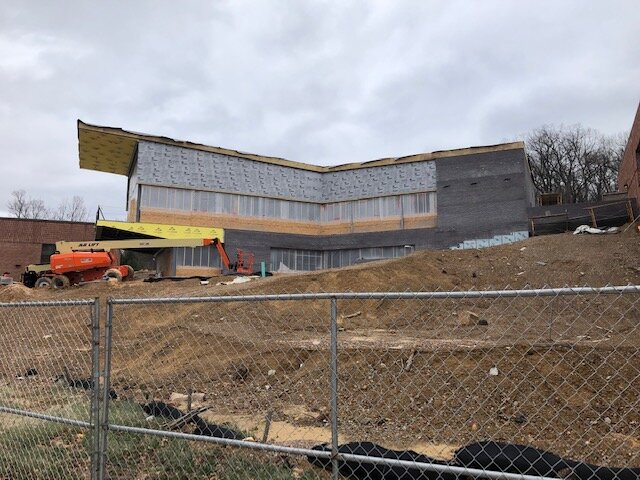

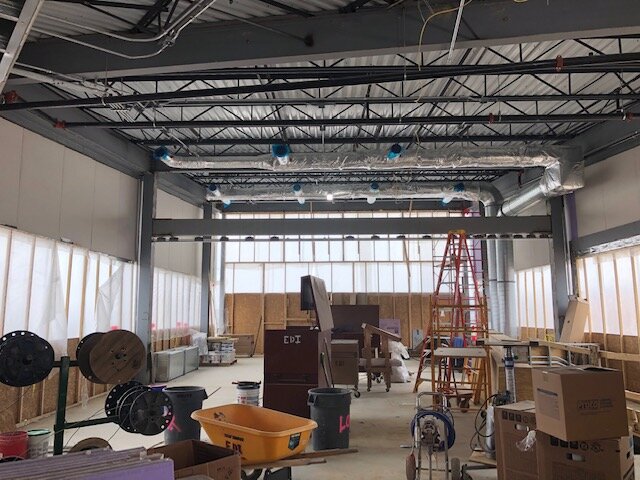
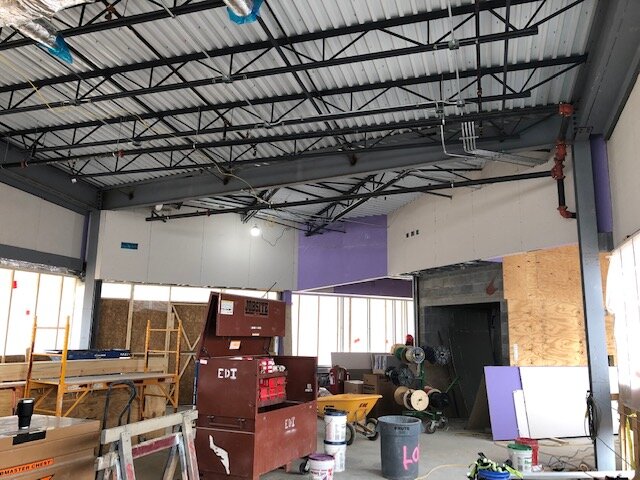
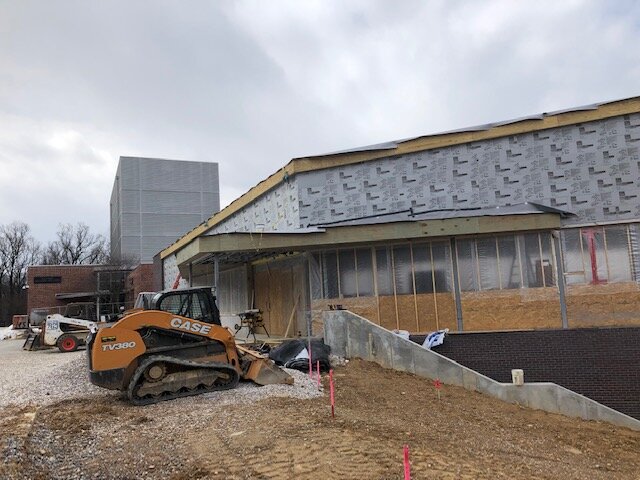
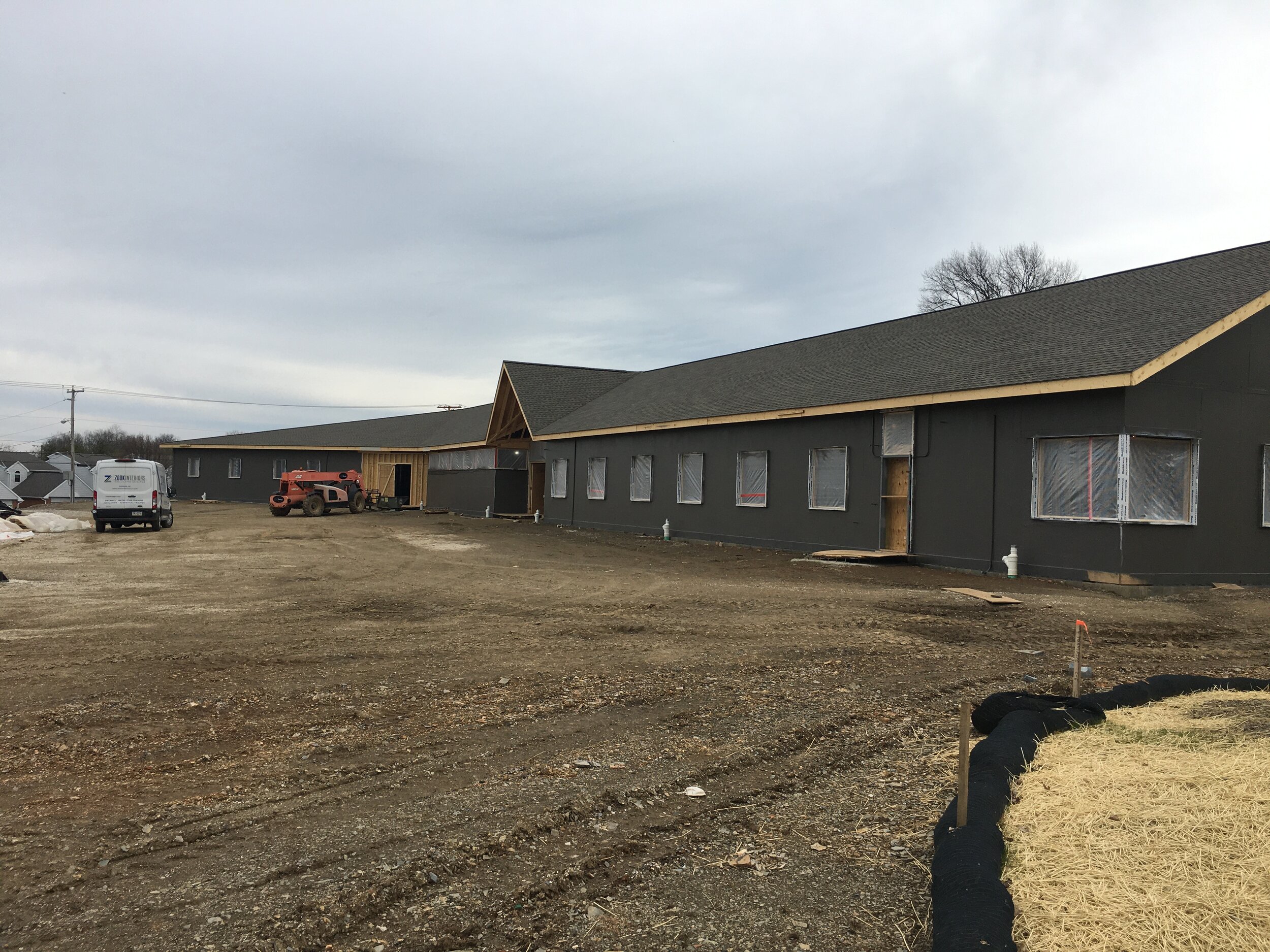
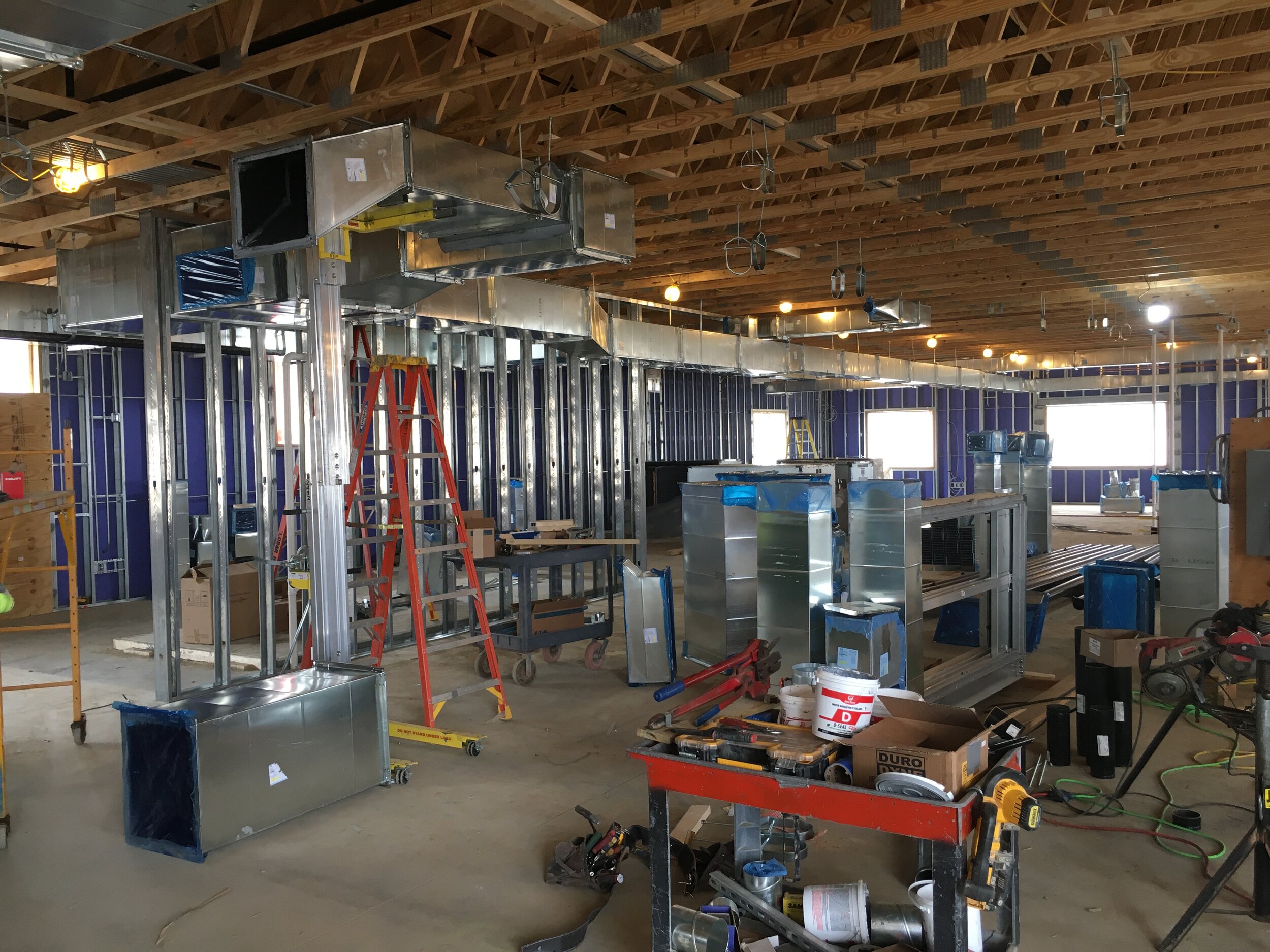
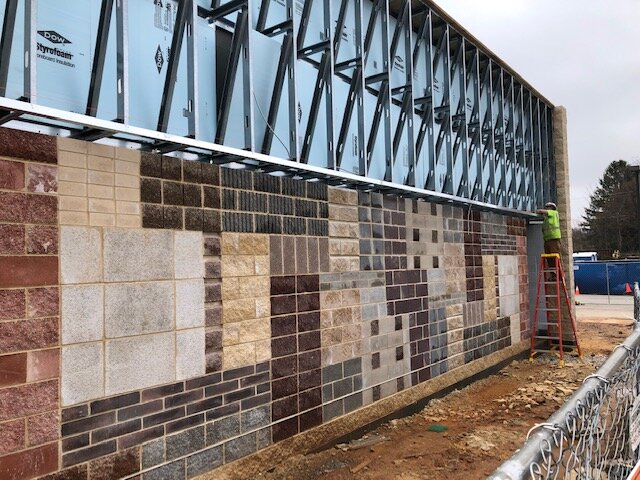
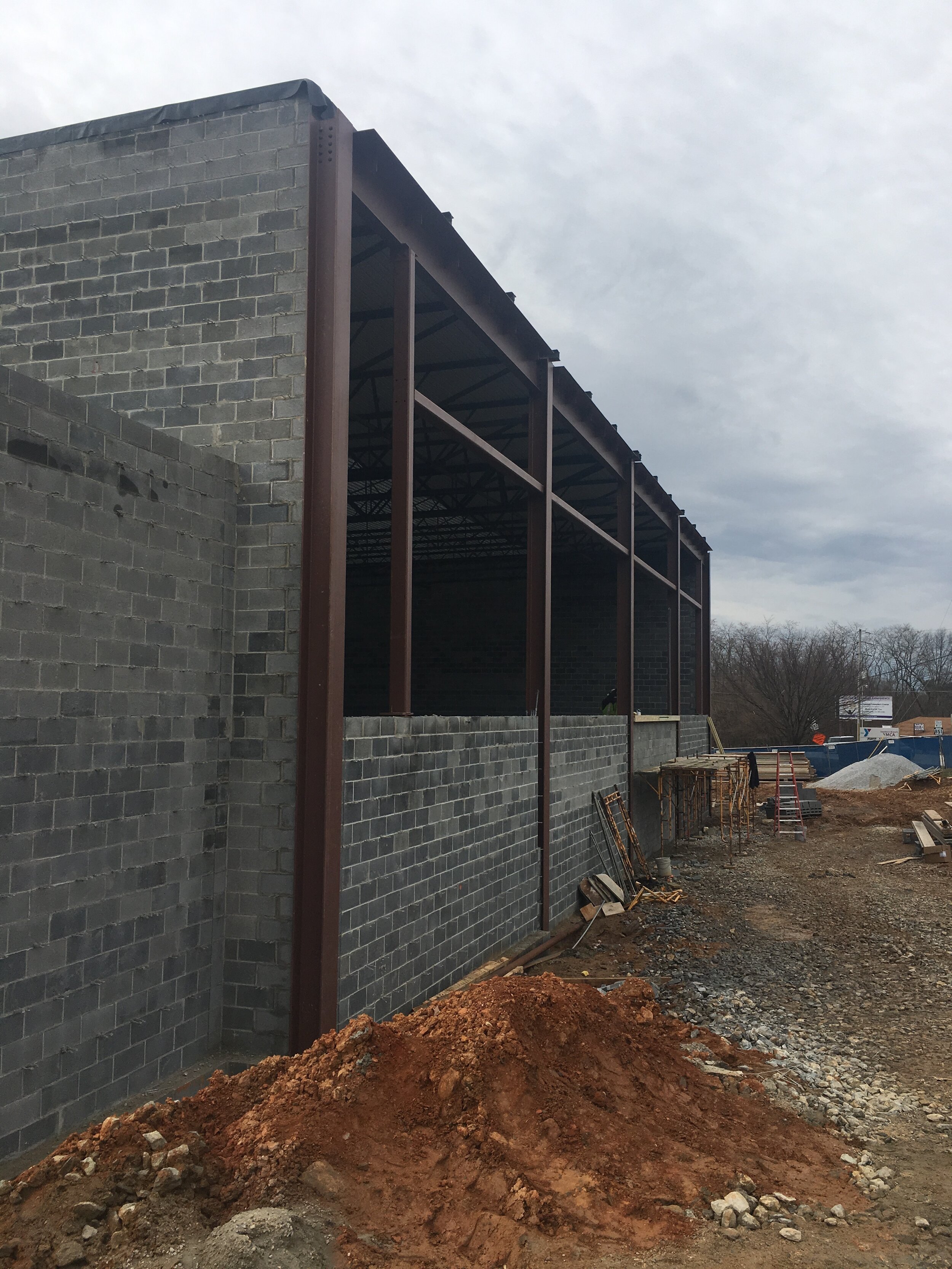
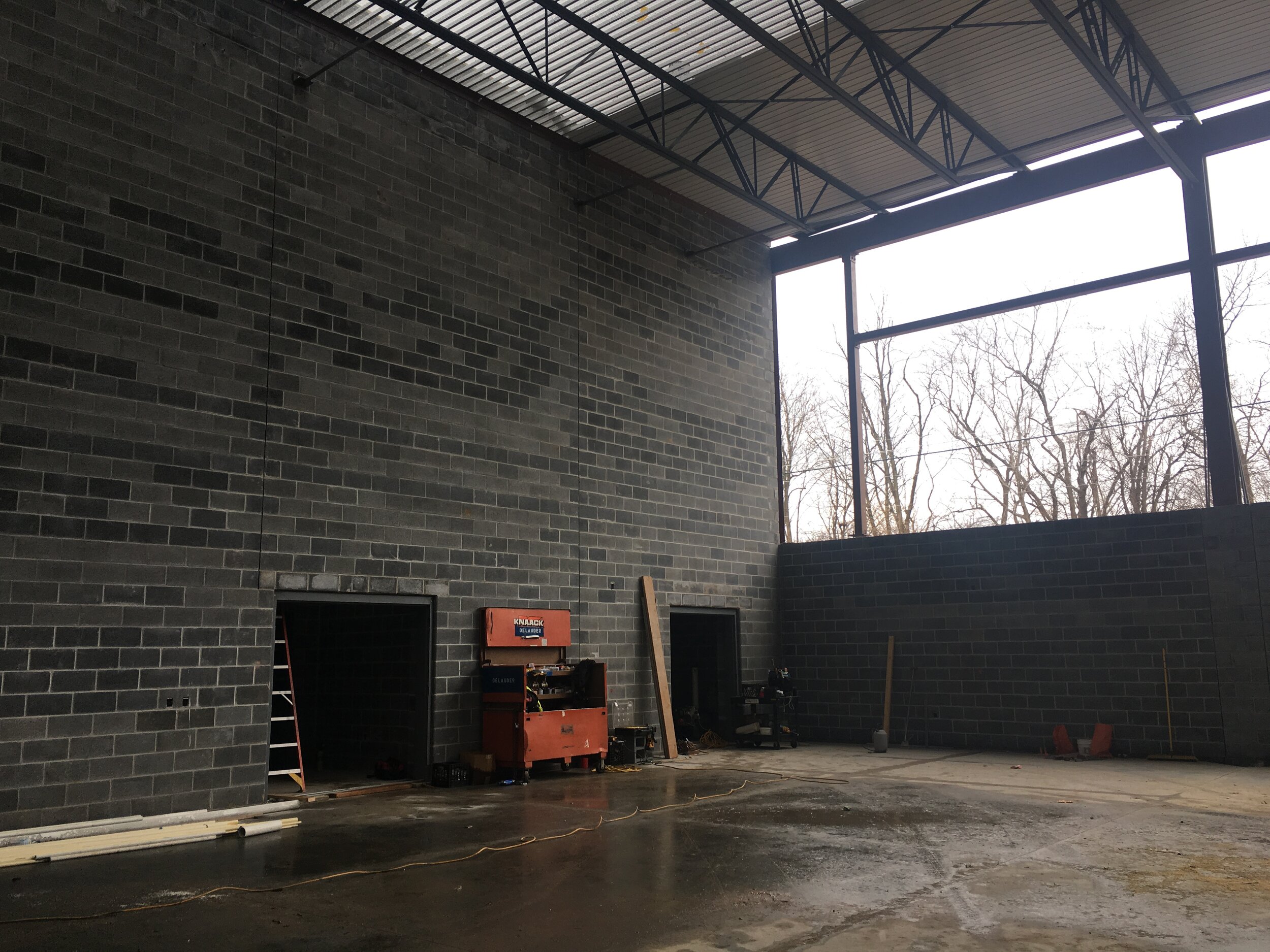
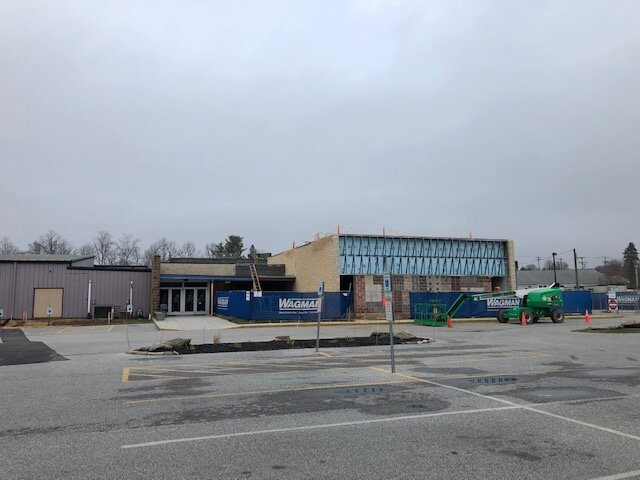
Adapting for success
Fears about the coronavirus eventually will ebb, but Dittenhafer warns businesses to expect an “aftershock.” Architectural firms will face ongoing economic challenges, and their success will depend upon their strengths.
“We have a very diversified practice and great clients,” he notes. “We have enough different types of clients and excellent projects, renovations and additions, new types of buildings, to see things continue to proceed.”
The financial hurdles that confront clients could change their view of Architecture.
“I think our firm’s focus on smart, sustainable renovations, repairs, repurposing will find an even greater acceptance among clients less willing to tear down and start over,” Dittenhafer says. “There is likely to be more multifunction re-use of buildings.”
And the firm’s long reliance on working remotely could continue to grow.
“We might not interface exactly the way we were used to,” Dittenhafer says. “Technology has always been a big part of all our projects. I think it will take on an even larger role.”
In a Keynote Address he gave several years ago at a Real Estate Forum, Dittenhafer employed visuals to predict the evolution of building design. The first images he showed his audience were pictures of an iPhone, a computer tablet, and a laptop, using them as metaphors for what many of the structures of the future will “look like”.
“I think Architects will play a very important role in creating great places for people to gather and socialize within the context of a construction market that has shrunk or changed or become more dependent on digital. It helped us get through this,” he says.
Recently, seated in their living room on a Thursday evening, Dittenhafer and his wife Sue Ann Kline virtually attended an art gallery opening – viewing the exhibit via photographs, along with speaking to the Artist and others attending remotely.
“I think we’re going to come out of this - and when that occurs, there is a strong possibility that our culture and our region will be more technology- and digitally driven, - as part of the new normal” he says.





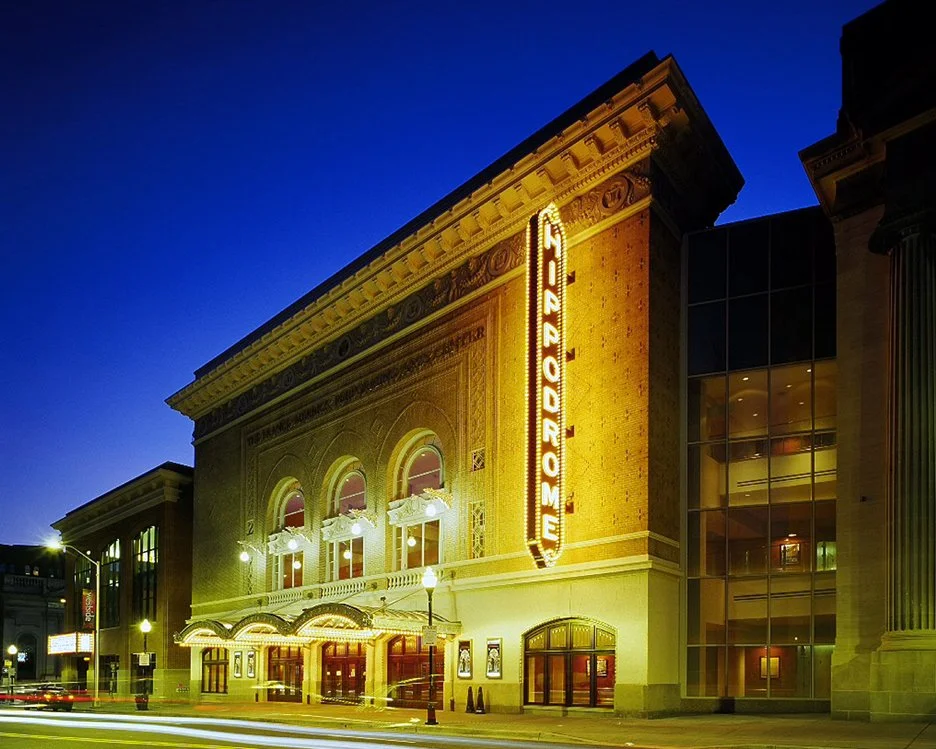
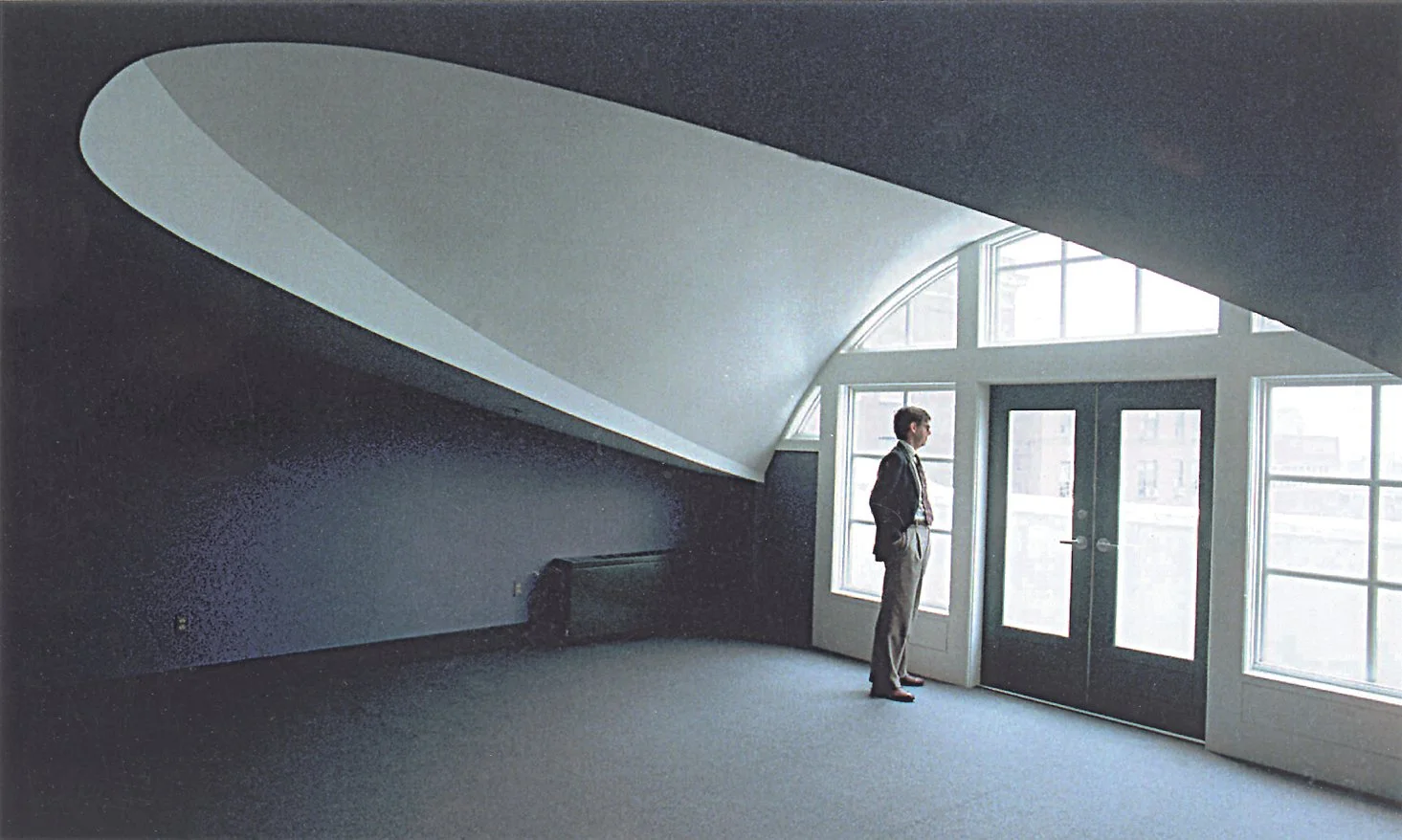


























To round out our 40th-year celebrations, enjoy 10 more impactful and diverse Architecture projects designed by M&D. These projects, most of which have received design awards, confirm the variety in design (from scale to usage) that we continue to be involved in today.